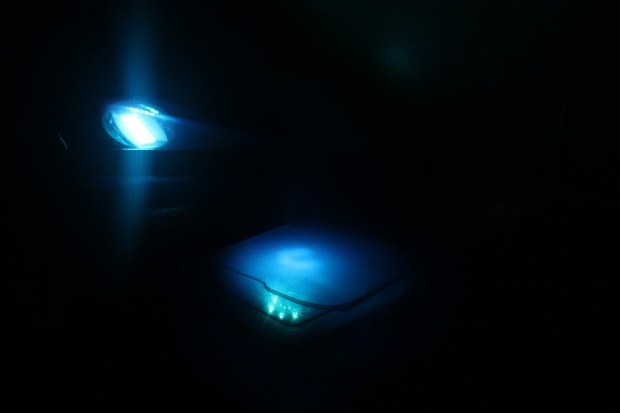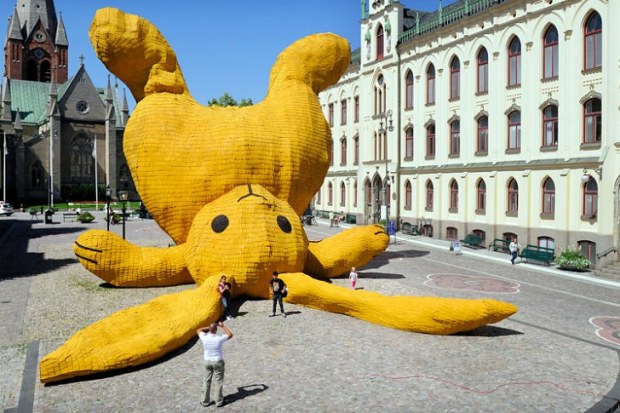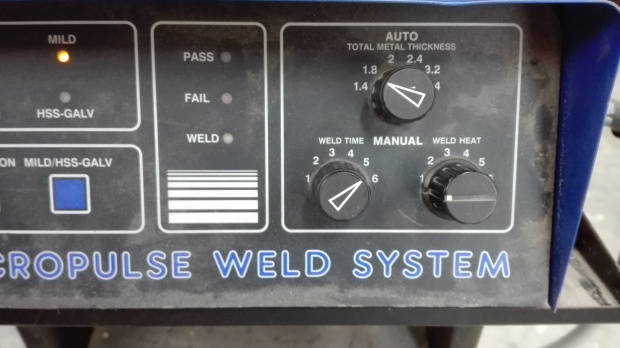With the overwhelming amount of plastic waste being disposed into the oceans on a daily basis and the growing knowledge of this polluting the environment, some of the leading manufacturers have tried to combat this issue in the last decade by producing products with eco plastic. By developing lightweight plastic products that are supposed to break down rapidly, thus attempting to reduce the hazards to marine animals. However these so-called ‘biodegradable plastics’ aren’t the answer, according to the United Nations’ top environmental scientist, because they don’t behave as promised. Instead, the ‘greener’ plastics contribute to the problem of ocean plastic just as much as other varieties.

Jacqueline McGlade, chief scientist at the UN Environment Program, warns that biodegradable plastics are not the answer to the problem of ocean plastic. “It’s well-intentioned but wrong. A lot of plastics labelled biodegradable, like shopping bags, will only break down in temperatures of 50C (122F) and that is not the ocean. They are also not buoyant, so they’re going to sink, so they’re not going to be exposed to UV and break down,” she told the Guardian.

I find it ironic that the very items that are supposedly designed to protect the environment are destroying it, such as captured within this image. While the rest of the plastic has broken into smaller pieces ( which is far from ideal and extremely deadly for marine life), the one bottle that hasn’t the slightest indication of beginning to biodegrade is the one purposefully created to! As you will find in the research below, these biodegradable plastics are not up to the standards they are perceived to have.
Previous studies have shown that biodegradable plastic products do not break down more rapidly in landfills, now a United Nations Report issued in May 2016 outlines how these supposedly biodegradable plastics are not actually any different from normal plastics when placed in to the sea, in fact they may have worse environmental effects.
Ironically, some of the additives used to make plastic more likely to biodegrade also make it more difficult to recycle. This means the ‘green’ product can actually pose more of a threat to the environment than other types of plastic.
“When you start adding all of that [additives], when it becomes waste, they [the additives] become the enemy of the environment. As consumers we need to think of the use of plastic,” McGlade said.
Furthermore, in a recent UNEP report it was concluded that the adoption of products labelled as ‘biodegradable’or ‘oxo-degradable’ would not bring about a significant decrease either in the quantity of plastic entering the ocean or the risk of physical and chemical impacts on the marine environment, on the balance of current scientific evidence (UNEP 2015(a)). (information retrieved from UNEP (2016) Marine plastic debris and microplastics–Global lessons and research to inspire action and guide policy change. United Nations Environment Programme, Nairobi.)
References:
Quotes and some text retrieved from, DiStasio, Cat, The Guardian, and habitat.com. “Biodegradable Plastics Are the ‘enemy of the Environment,’ Says Top UN Environmental Scientist | Inhabitat – Green Design, Innovation, Architecture, Green Building.” Inhabitat | Design For a Better World!. Last modified May 25, 2016. http://inhabitat.com/biodegradable-plastics-are-the-enemy-of-the-environment-says-un-scientist/.
Image One (comic) retrieved from, Granlund, Dave, davegranlund.com, and www.cagle.com. “Plastic Bag Bans.” http://www.cagle.com/. Accessed June 19, 2016. http://www.cagle.com/.
Image two retrieved from, DiStasio, Cat, and Inhabitat. “Unknown.” inhabitat.com. 2015. Online. Accessed May 2, 2016. http://inhabitat.com/tag/plastic-waste/.
Information retrieved 19 June 2016 from, UNEP (2016) Marine plastic debris and microplastics–Global lessons and research to inspire action and guide policy change. United Nations Environment Programme, Nairobi. http://www.unep.org/about/sgb/Portals/50153/UNEA/Marine%20Plastic%20Debris%20and%20Microplastic%20Technical%20Report%20Advance%20Copy.pdf































